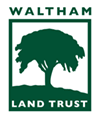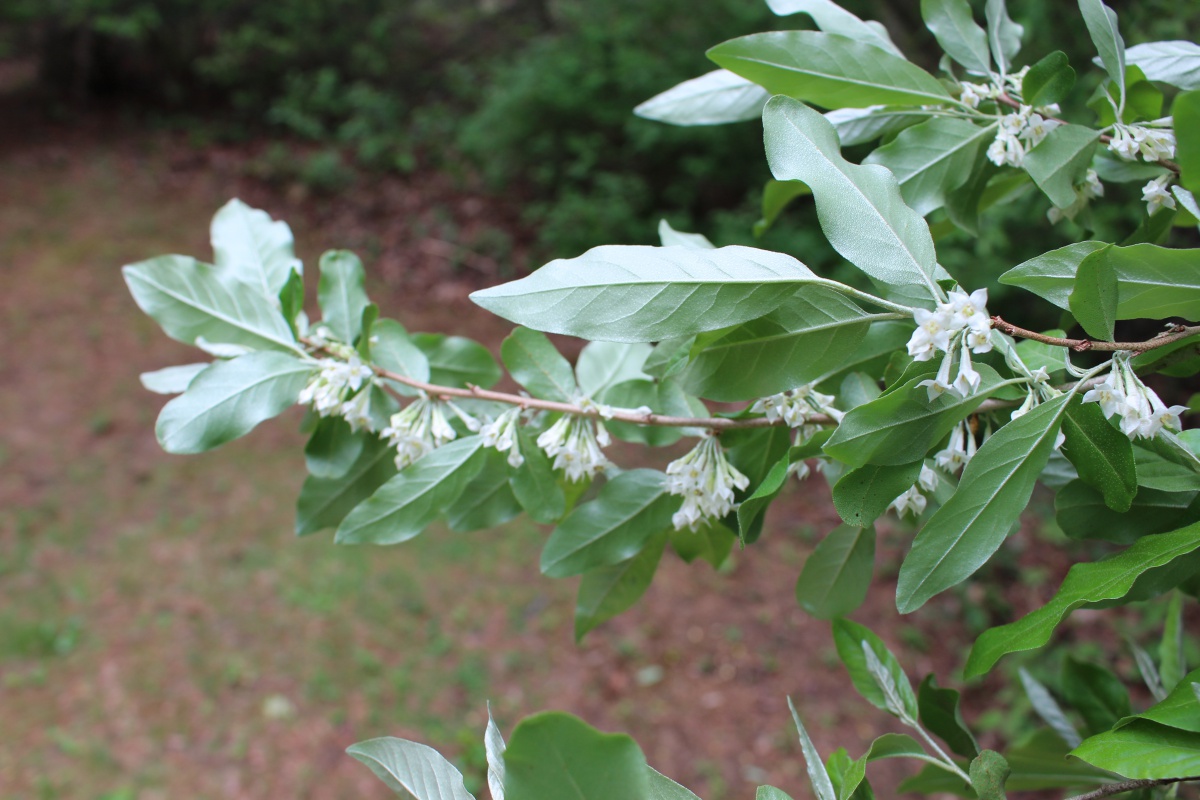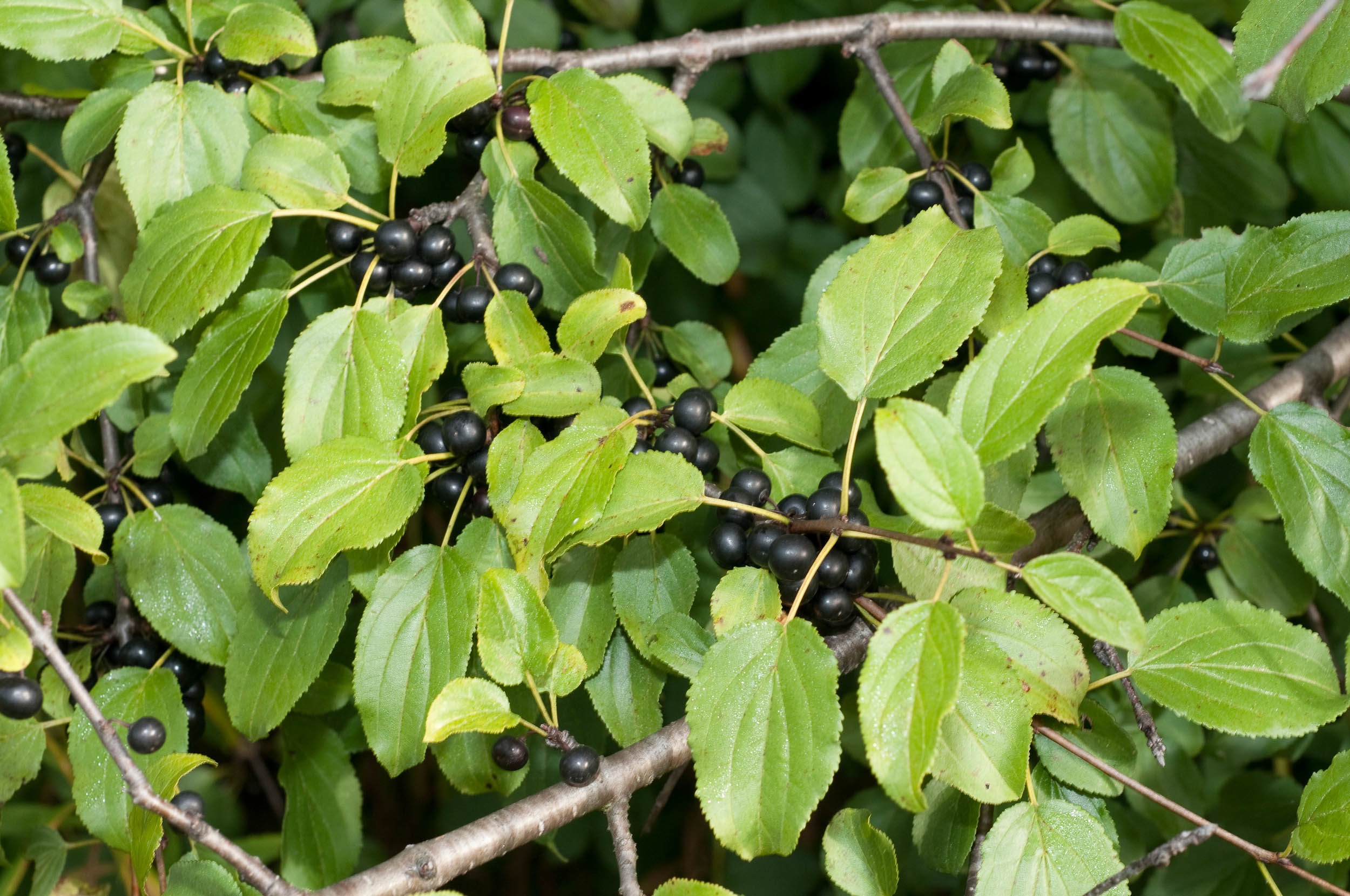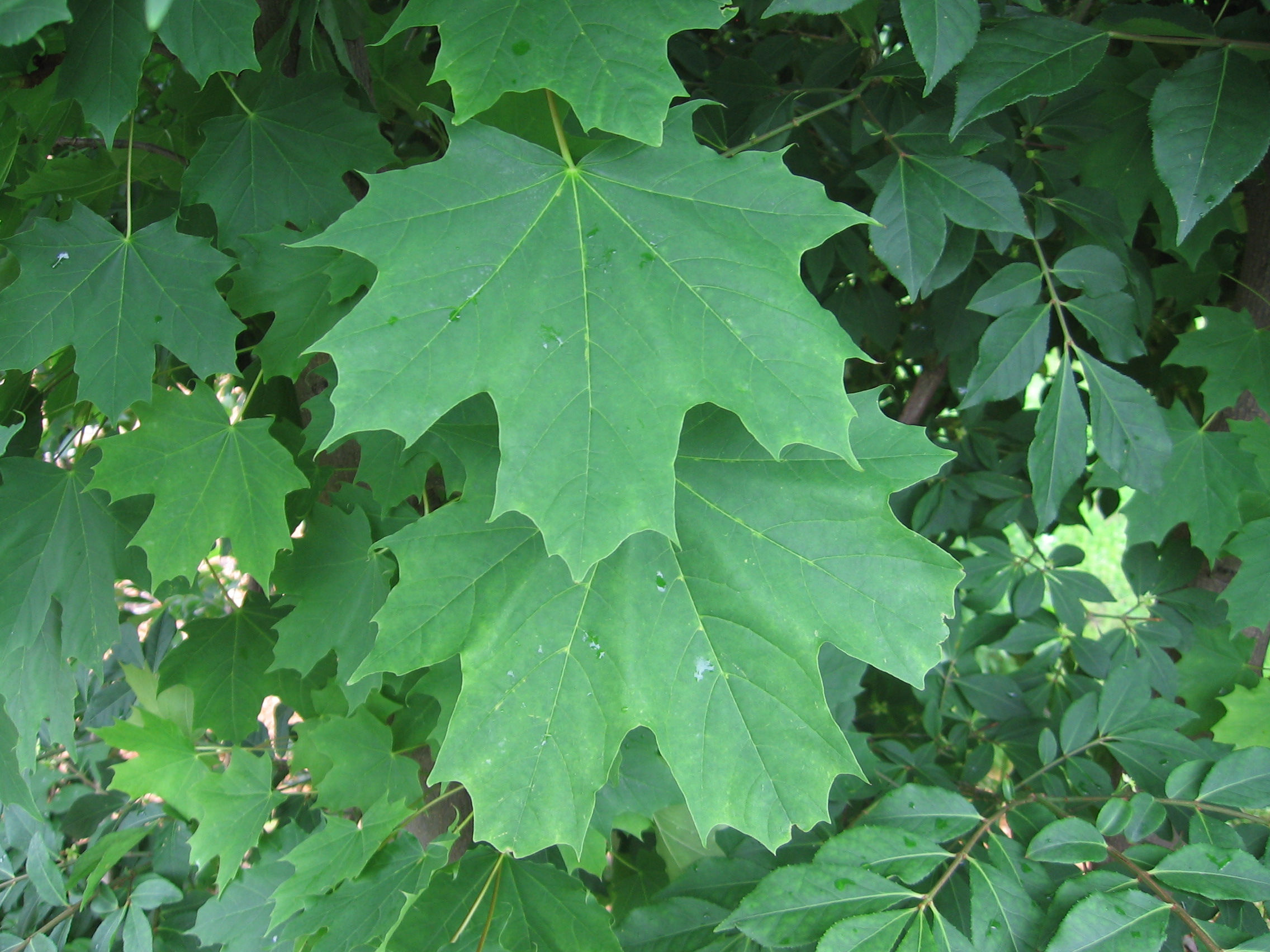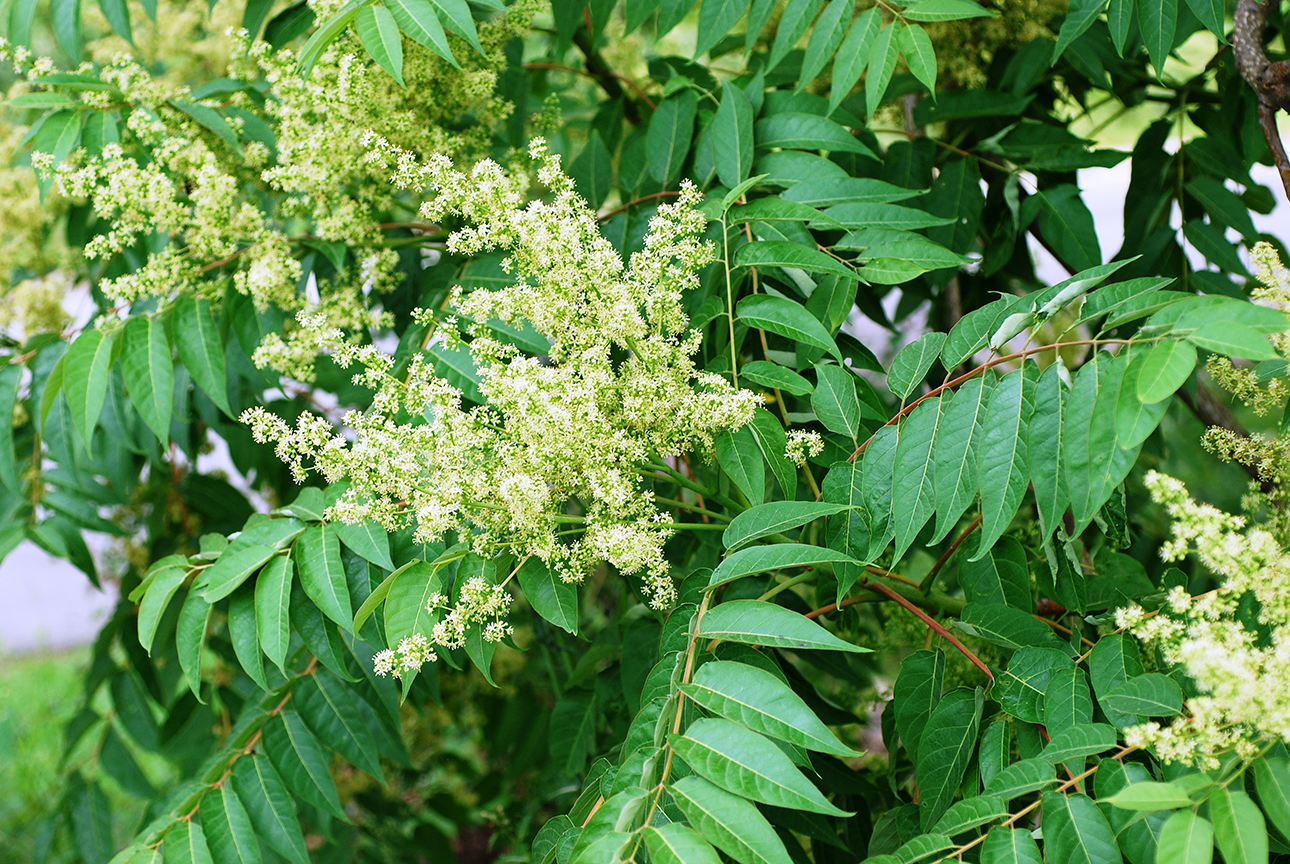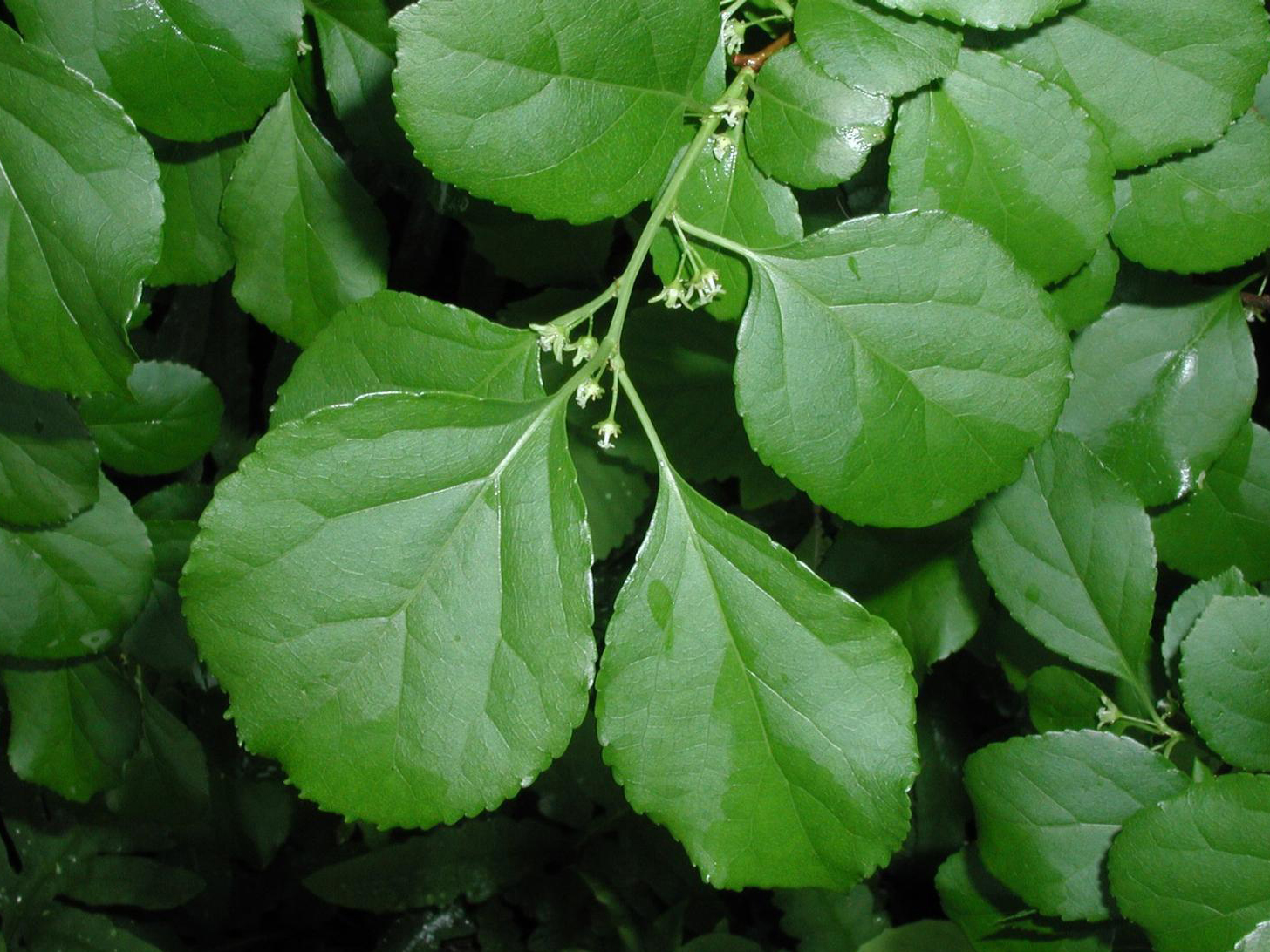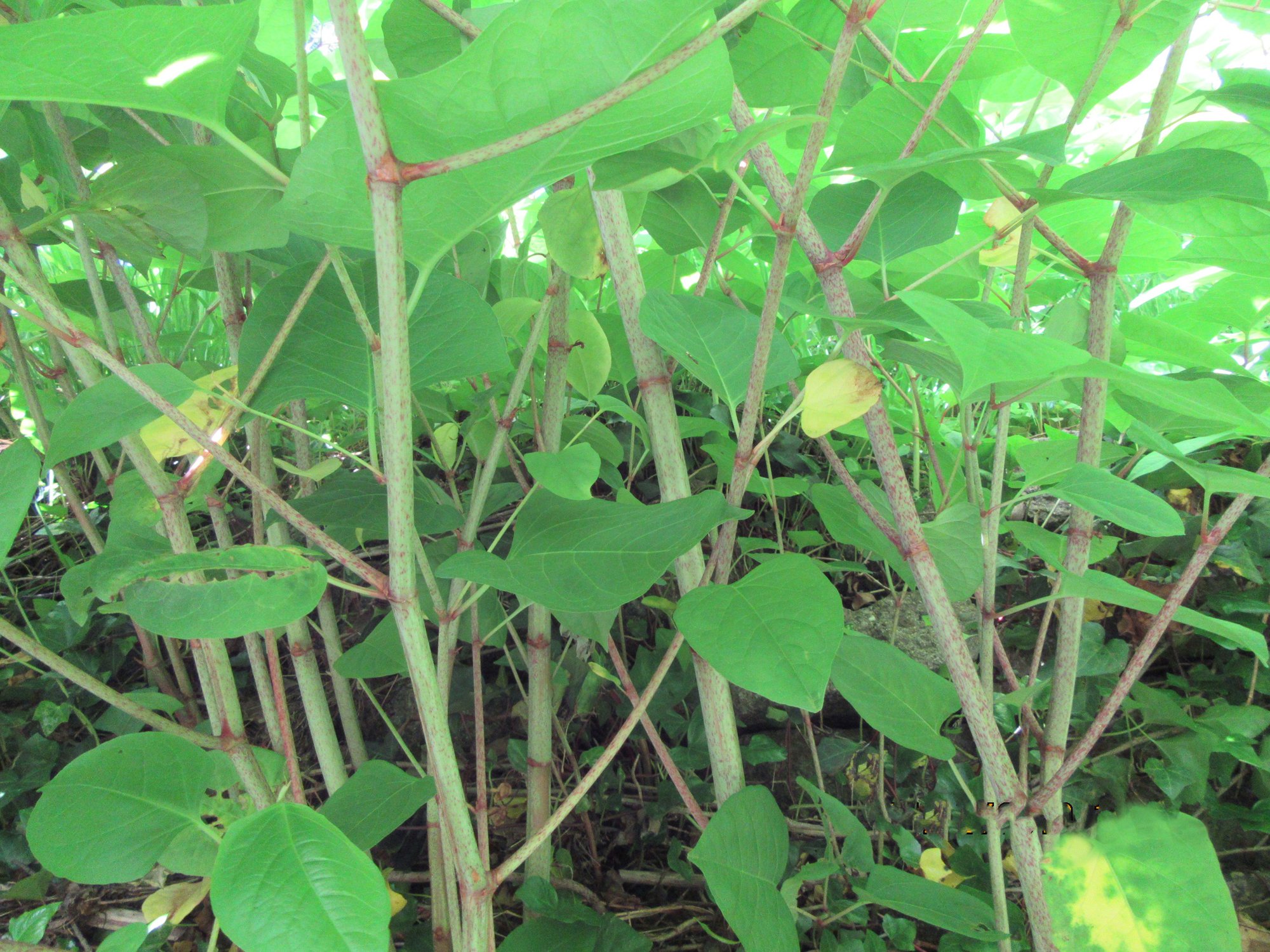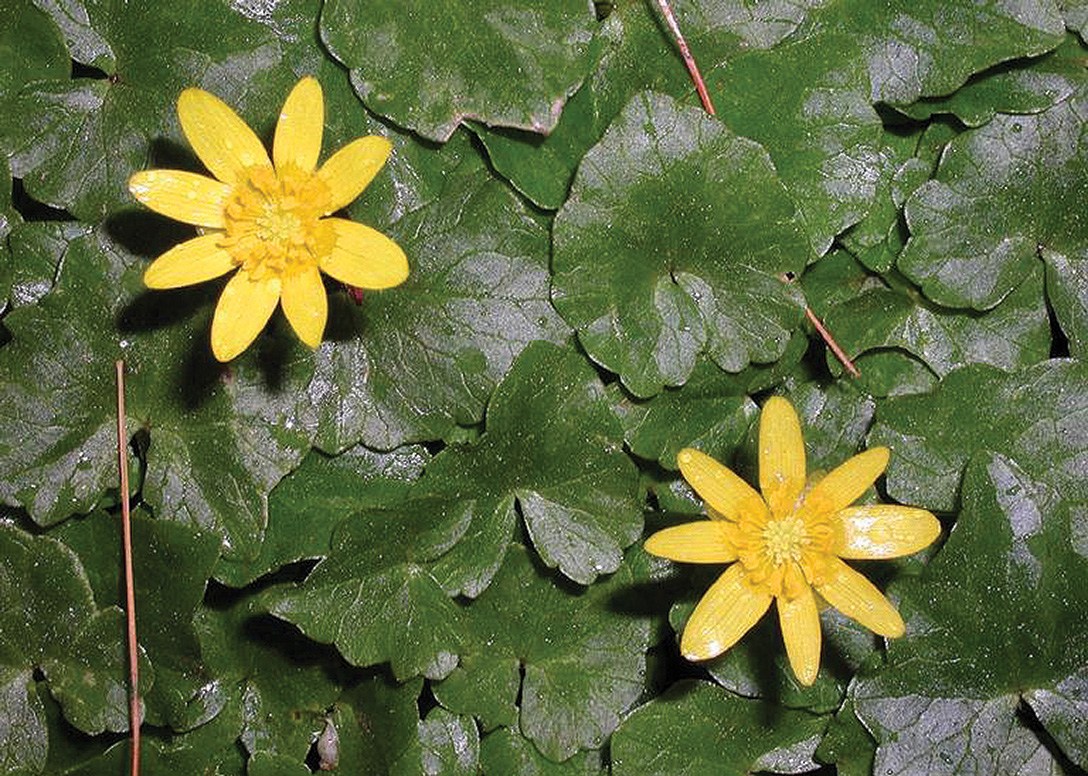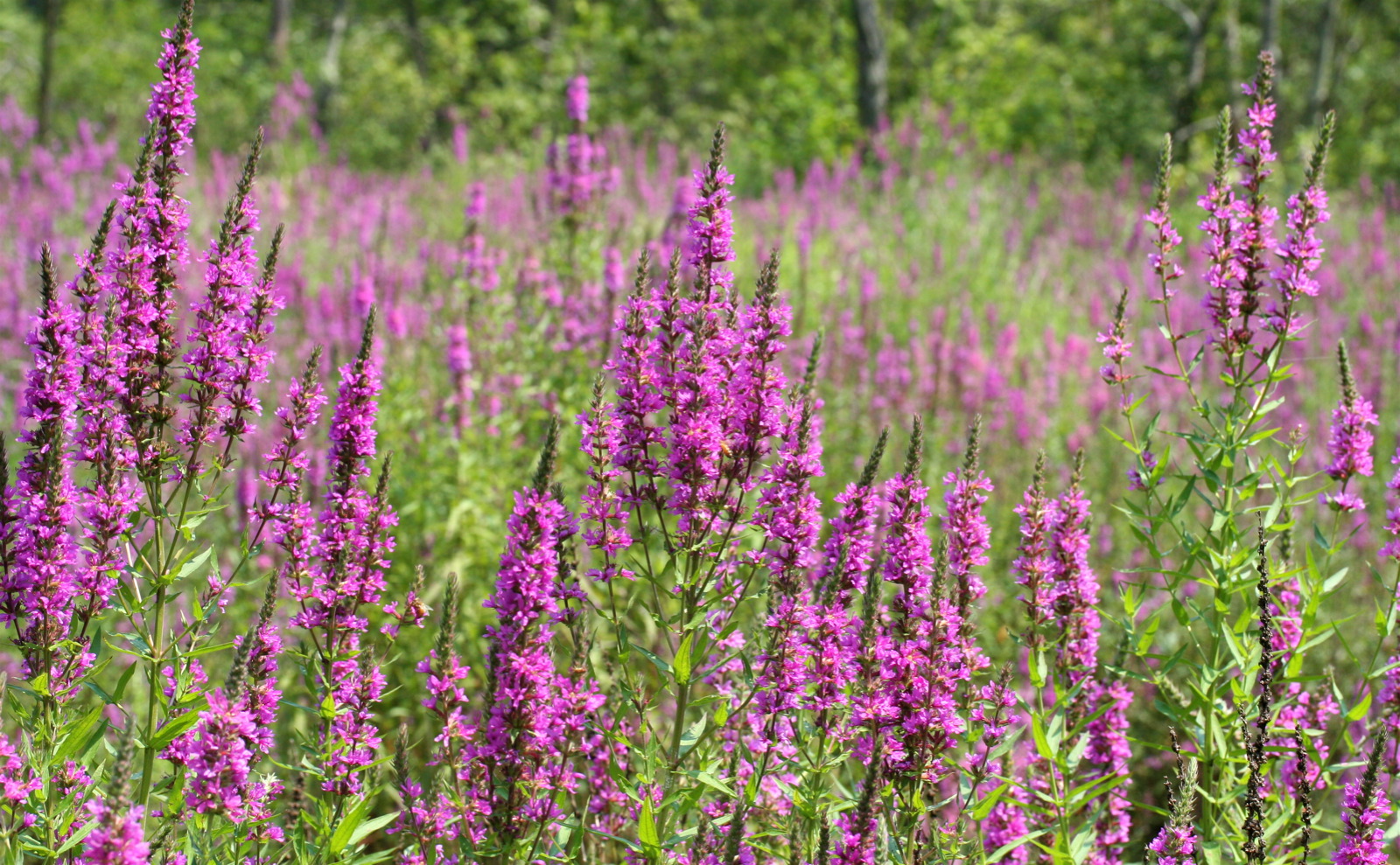Native Plants Versus Invasives
Native plants. Invasive plants. What's the big deal and why should you care?
As the name implies, a native plant has established itself over thousands or millions of years in a particular region or ecosystem. They provide shelter and food for wildlife, and support insects and other pollinators. Birds depend on the high-quality food provided by native plants and the insects that feed on them.
Invasive plants are aggressive, non-native plants that were introduced into regions where they had not lived before. And because they are away from their native habitat, the diseases and predators that helped keep them in check do not exist. They rapidly grow out of control and can significantly change relationships in the environment, reduce the types and numbers of native plants, and harm wildlife. Managing invasive plants requires many different strategies that vary from plant to plant. Invasive plants need to be removed and disposed of properly to prevent further spread.
Why care about invasive plants?
“Why Care About Invasive Plants” is a video by Prof. Eric Olson available from the Newton Conservators' YouTube channel. The connection of plant-insect-bird is a crucial one, holding the ecology of our environment together, since most birds feed on insects at some point in their lives. Many baby birds require a diet that includes thousands of insects. Native plants are also nutritional powerhouses, fortifying birds before long migrations. Unfortunately, few insects feed on non-native plants and non-native plants have little nutritional value. Research by Doug Tallamy and others shows that allowing invasive plants to proliferate significantly reduces the number of birds, especially less common species. These key issues behind the push to reduce non-native, invasive plants and to plant native plants wherever possible.
Becoming familiar with common invasive plants found around Waltham
To get started, look around your property or other spaces to see if you find what may be invasive vines, shrubs, trees or plants. The plants listed below link to images that will help identify them. Plants have a different appearance depending on the season, and it may take a few months of observation or other research to be sure of what plant or plants you see growing.
If you find an invasive plant, refer to the "Resources for Handling Invasive Plants" section at the end of this page, for information on what to do next.
To find out more about a specific invasive plant, click on the plant’s name to see its image. Then, click on the plants’ image for detailed information.
Waltham Land Trust Stewards often help remove invasives
Want to learn more about invasives and help remove them from our open space? Check out our Volunteer Stewards page.
